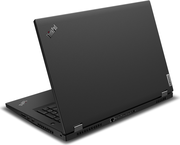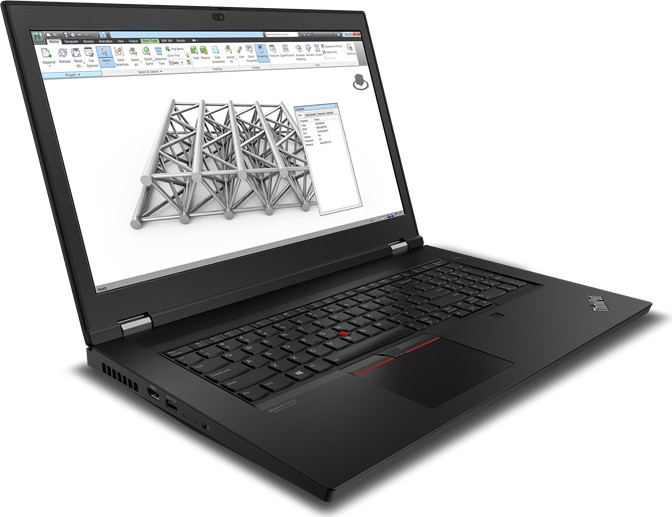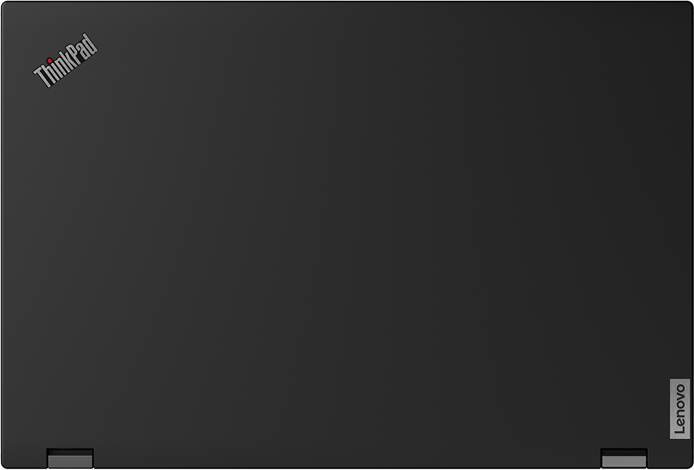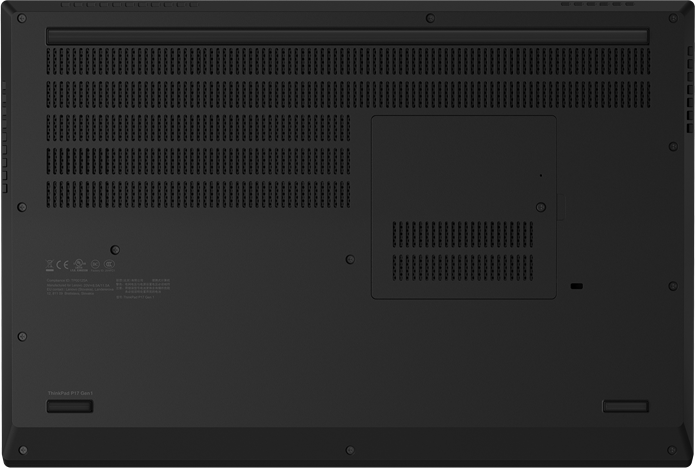Lenovo ThinkPad P17 G1, Xeon W-10885M RTX 5000 Max-Q
Specifications
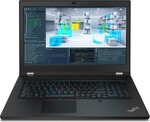
Price comparison
Average of 2 scores (from 3 reviews)
Reviews for the Lenovo ThinkPad P17 G1, Xeon W-10885M RTX 5000 Max-Q
Source: PC Mag

The only thing that keeps the Lenovo ThinkPad P17 Gen 2 from claiming an Editors' Choice award is its colossal bulk; unless you truly want a plus-size screen, there's no need to punish yourself by carrying this beefy workstation when equal or nearly equal power is available in lighter packages. (The ThinkPad P1 Gen 4 is literally less than half the weight.) But the P17's performance is faultless and its display tops the charts for quality as well as surface area. Got unlimited work to do? Get an unlimited laptop.
Single Review, online available, Long, Date: 03/24/2022
Rating: Total score: 80%
Source: Neowin
 Archive.org version
Archive.org versionIn fact, the P17 actually offers four times as many CPU and GPU configurations as its predecessors, and thanks to the new design, it can handle higher wattage GPUs. That can be up to 90 watts in the P15 or up to 110 watts in the P17.
Single Review, online available, Very Long, Date: 04/04/2021
Rating: Total score: 90%
Source: Neowin
 Archive.org version
Archive.org versionUnboxing the Lenovo ThinkPad P17 with an Intel Xeon processor, Nvidia Quadro RTX 5000 graphics, 32GB RAM, and a 4K display.
Hands-On, online available, Very Long, Date: 02/14/2021
Comment
NVIDIA Quadro RTX 5000 Max-Q: Professional high-end laptop graphics card based on the TU104 chip with 3,072 shaders and 16 GB GDDR6 VRAM. Compared to the normal mobile variant, the Max-Q variants are clocked lower and work in a more efficient state. Currently, we know of three variants with different clock speeds and power consumptions (80, 85 and 90 W).
With these GPUs you are able to play modern and demanding games fluently at medium detail settings and HD resolution.
» Further information can be found in our Comparison of Mobile Graphics Cards and the corresponding Benchmark List.
W-10885M: On Coffee Lake architecture based processor for big and heavy laptops. Integrates eight processor cores clocked at 2.4 - 5.3 GHz that support HyperThreading. Manufactured in an improved 14nm process (14nm++). The Intel Xeon W-10885M supports the management features vPro, TXT and SIPP and is the professional version of the Intel Core i9-10885H. » Further information can be found in our Comparison of Mobile Processsors.




